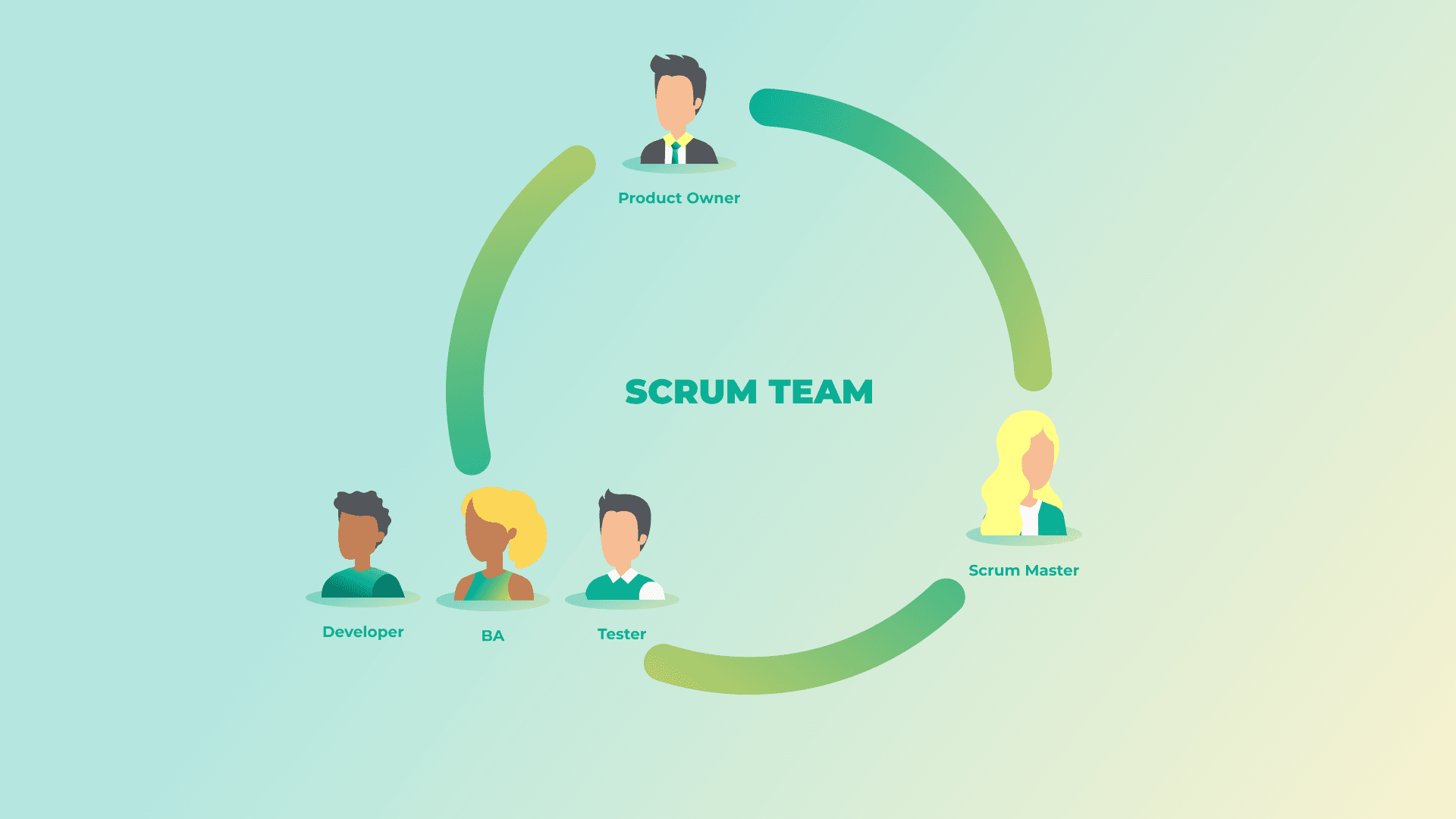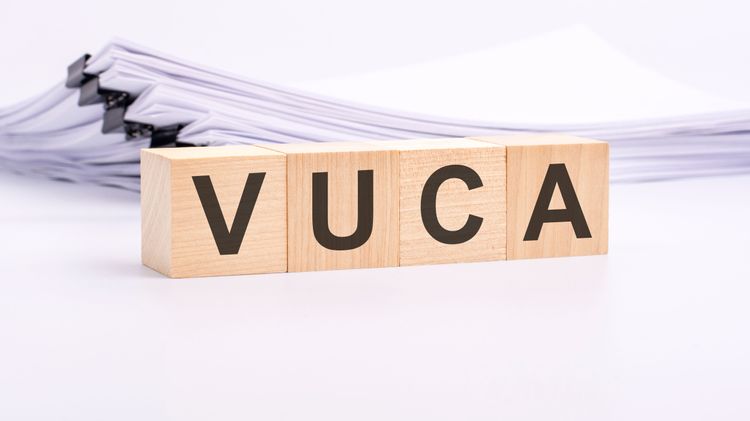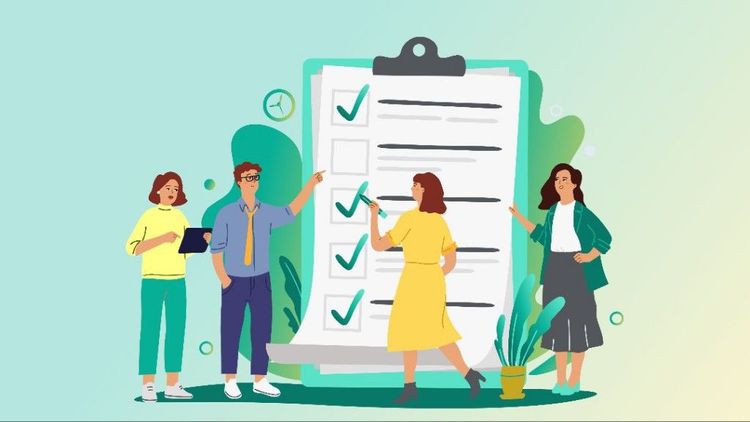In the world of agile development, the roles of Scrum Master and Product Owner play a crucial part in ensuring the success of the team and the project. While both positions have responsibilities that are essential to the agile process, they have distinct roles that contribute to the overall efficiency and effectiveness of the team. Understanding the roles and responsibilities of these key players is essential for fostering collaboration and driving the success of agile teams.
Here are the three fundamental roles that make up an Agile team:

- The Product Owner represents the business/customer and is responsible for defining the product vision and priorities. They manage the product backlog.
- The Scrum Master facilitates the Scrum process and guides the team in following Agile practices and principles. They help remove obstacles.
- The Development Team is cross-functional and self-organising. They collaborate to build shippable increments each sprint.
In this blog, we will take a deeper look at two of those roles - the Scrum Master and Product Owner. We will explore their core duties, skills, and how they work together to drive project success.
Role and responsibilities of a Scrum Master in agile team
In Agile teams, the Scrum Master acts as a facilitator, ensuring that the team follows the Agile principles and practices. They are responsible for helping the team remove any obstacles that may hinder the team's progress and ensuring that the team is working efficiently and effectively.
One of the primary responsibilities of a Scrum Master is to ensure that the team is following the Scrum framework. This includes facilitating daily stand-up meetings, sprint planning, sprint reviews, and retrospectives. The Scrum Master also helps the team understand and implement agile practices such as backlog refinement, user story estimation, and continuous integration.
Additionally, the Scrum Master acts as a coach and mentor to the team, guiding them in their agile journey. They support the team in self-organising and continuously improving their processes. The Scrum Master also acts as a shield, protecting the team from external distractions and ensuring a focused and productive work environment.
Role and Responsibilities of a Product Owner
The Product Owner has a range of responsibilities and duties to fulfil. They are responsible for defining and prioritising the product backlog, which is a list of all the features and requirements of the product. The Product Owner works closely with stakeholders to gather requirements, ensuring that the backlog is well-defined and reflects the needs of the customers and the business.
Prioritisation is a critical aspect of the Product Owner role. They need to determine which features and requirements are most valuable and ensure that the team is working on the most important tasks first. This involves constantly reassessing priorities based on feedback, market trends, and business goals.
The Product Owner is also responsible for providing clear and concise user stories to the development team. User stories describe a specific feature or requirement from the perspective of the end-user. The Product Owner needs to ensure that these user stories are well-defined, actionable, and include acceptance criteria to ensure quality.
Collaboration between Scrum Masters and Product Owners
Effective collaboration between Scrum Masters and Product Owners is essential for the success of agile teams. They work closely together to ensure that the team is delivering value to the customer and that the development process runs smoothly.
The Scrum Master and Product Owner collaborate during sprint planning to determine which user stories will be included in the upcoming sprint. They discuss priorities, dependencies, and any potential challenges that may arise. The Scrum Master helps the Product Owner understand the team's capacity and guides them in making realistic commitments.
During the sprint, the Scrum Master supports the Product Owner by addressing any obstacles or issues that may arise. They facilitate communication between the Product Owner and the development team, ensuring that everyone is aligned and working towards the same goals. The Scrum Master also helps the Product Owner manage expectations and handle any changes or requests that may come up during the development process.
Challenges faced by Scrum Masters and Product Owners
Being a Scrum Master or Product Owner comes with its fair share of challenges. One common challenge is balancing competing priorities and expectations. Both roles require juggling multiple stakeholders' needs and ensuring that the team is delivering value while staying within the constraints of time, budget, and resources.
Another challenge is managing scope creep and changes. As the development process progresses, new requirements or changes may arise. Scrum Masters and Product Owners need to effectively manage these changes, ensuring that they are evaluated and prioritised based on their impact, value, and feasibility.
Managing and resolving conflicts is another challenge faced by both roles. Agile teams are made up of individuals with different perspectives, backgrounds, and skill sets. Conflicts can arise due to differences in opinions, priorities, or communication styles. Scrum Masters and Product Owners need to have strong conflict resolution skills to address and resolve conflicts in a constructive and collaborative manner.
How to Become a Scrum Master or Product Owner
If you're interested in becoming a Scrum Master or Product Owner, there are several steps you can take to develop the necessary skills and knowledge. First and foremost, gaining a deep understanding of agile methodologies and frameworks such as Scrum is essential. There are numerous online resources, books, and training courses available to help you learn the principles and practices of agile development.
Practical experience is also crucial in becoming a successful Scrum Master or Product Owner. Look for opportunities to work in agile teams or take on roles that involve collaboration, facilitation, and communication. This will allow you to apply agile principles in real-world scenarios and gain hands-on experience.
Certifications can also be valuable in demonstrating your knowledge and expertise in agile methodologies. For Scrum Masters, certifications such as Certified ScrumMaster (CSM) or Professional Scrum Master (PSM) can be beneficial. Product Owners can consider certifications like Certified Scrum Product Owner (CSPO) or Professional Scrum Product Owner (PSPO).
Conclusion
Understanding the roles of Scrum Masters and Product Owners is essential for anyone working in agile teams or considering implementing Agile methodologies. Whether you aspire to become a Scrum Master or Product Owner or simply want to understand the roles better, embracing agile methodologies and developing the necessary skills will set you on the path to success in the world of agile development. So go ahead, demystify these roles, and unlock the full potential of agile teams!



